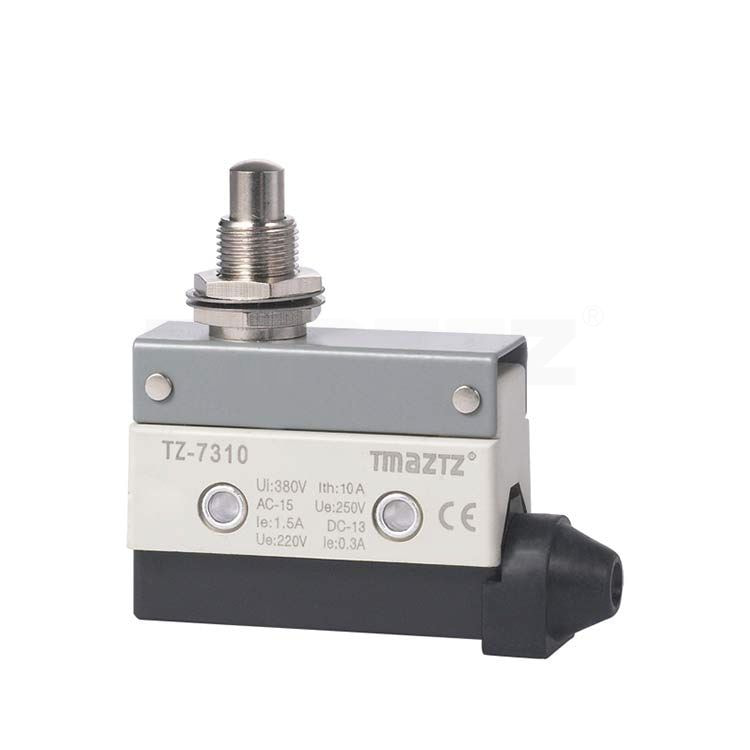What Is the Function of a Micro Switch?
A micro switch, a mechanical switch with tiny contacts, serves as a pivotal component in electronic circuits, controlling their connection and disconnection. Let's delve into its functions.
1. Control of Circuit On/Off:At its core, a micro switch controls the on/off state of a circuit. By connecting two circuit nodes, pressing the micro switch enables the flow of current, and releasing it interrupts the circuit. Widely used in various appliances like lights, TVs, and computers.
2. Object Position Detection:Micro switches also detect the position of objects. As an object moves to the micro switch's location, its mechanical mechanism translates the object's positional change into the switch's action, controlling the circuit. This detection method finds extensive application in automation control systems, such as robots and automated production lines.
3. Precision Control:Due to its small contacts, a micro switch facilitates precision control. In situations requiring high-precision control, like in precision instruments and medical devices, micro switches ensure equipment stability and accuracy.
4. Electrical Device Protection:In certain electrical devices, micro switches play a protective role. For instance, in motors, if there is an overload or short circuit, the micro switch swiftly cuts off the power, safeguarding the motor from damage.
In summary, micro switches serve multiple functions in circuits, including controlling circuit states, detecting object positions, achieving precision control, and protecting electrical devices. With advantages such as small size, convenient operation, and stable performance, micro switches find extensive application in modern industries and electrical fields.
289
0
0


Comments
All Comments (0)